The legal corridor is unclear
According to the latest report of the Government sent to the National Assembly Standing Committee's Supervisory Delegation, from 2014 to March 2019, internal transport was regulated in Decree No. 86/2014.

Currently, there are no regulations to manage internal transport activities while the number of these vehicles is very large, posing a potential risk of losing traffic safety.
Internal transport vehicles are licensed to operate non-toll-free transport and must install a journey monitoring device (GSHT). Internal transport units have a traffic safety monitoring department to manage the transport of people and goods.
However, since Decree 10/2020 amending and supplementing Decree 86/2014 was issued, the content related to internal transport vehicles is no longer mentioned.
Meanwhile, statistics show that there are currently nearly 400,000 internal transport vehicles. 15-20% of the total number of freight vehicles owned by enterprises, factories, and construction units are being used to transport goods and construction materials for projects that they produce and construct.
Due to limited compliance, the internal transport activities are still complicated. Overloaded vehicles and drivers using addictive substances still occur.
The leader of the Department of Transport, Vehicle and Driver Management, Lao Cai Province Department of Transport acknowledged that internal transport activities are currently understood as the use of cars by units to transport their civil servants, employees, students from their residence to their workplace, study place and vice versa; or transport products and goods produced and consumed by that agency or organization... The lack of a clear legal corridor for management is very inappropriate.
In fact, there have been many traffic accidents involving internal transport vehicles. According to Mr. Nguyen Van Quyen, Chairman of the Vietnam Automobile Transport Association, internal transport vehicles currently only need to be registered and inspected to be in circulation, leading to difficulties in management.
Legalization for management
Implementing the Prime Minister's direction, up to now, the Ministry of Transport has drafted the Road Law, the Ministry of Public Security has drafted the Road Traffic Safety Law, which has included management content for internal transport.
Internal transport objects also include preschool children and students, who can easily fall asleep on the vehicle, so it is necessary to consider regulations on the responsibilities of internal transport drivers carrying people before getting off the vehicle, in order to prevent the situation of forgetting children at the end of the journey.
Dr. Khuong Kim Tao, former Deputy Chief of Office of the National Traffic Safety Committee
The draft Road Law stipulates that internal transport by car is a non-business transport activity, including internal passenger transport and internal freight transport. Internal transport units must ensure traffic safety management.
The draft Law on Traffic Safety also stipulates that the working time of internal transport drivers shall not exceed 10 hours a day, not exceed 48 hours a week, and driving continuously shall not exceed 4 hours.
A member of the drafting committee said that legalizing regulations on internal transport activities by car will be the basis for detailing the operating conditions of this type of transport in the decree and legal guidance documents.
It is possible to consider regulations on installing GSHT devices and cameras to ensure recording and storing images on vehicles during traffic participation for management.
Mr. Nguyen Van Quyen said that the draft Road Law currently only provides general regulations for internal transport activities, without specific regulations and operating conditions. Therefore, it is necessary to study carefully to come up with appropriate regulations.
In addition, there should be binding regulations for this vehicle when operating. If regulations require vehicles to be equipped with GSHT devices, there should also be regulations to force units to implement them.
"However, it is also necessary to classify whether it is necessary to install this device for vehicles operating within the area and not participating in public transport, to limit the burden on businesses," Mr. Quyen commented.
Source: https://www.baogiaothong.vn/van-tai-noi-bo-khong-con-ngoai-vong-kiem-soat-192240614142212149.htm










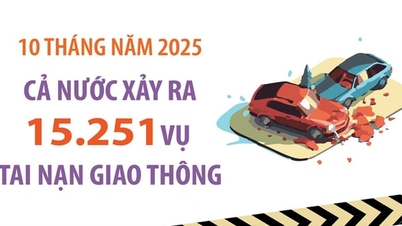

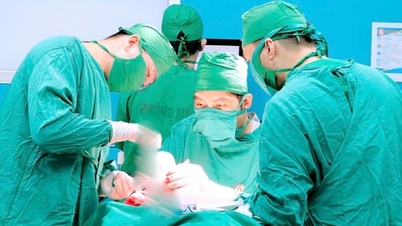

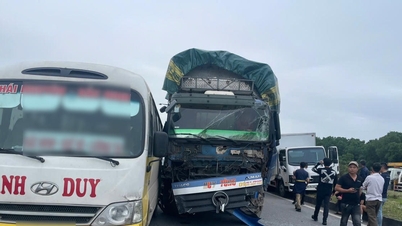












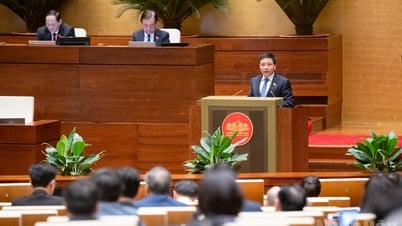
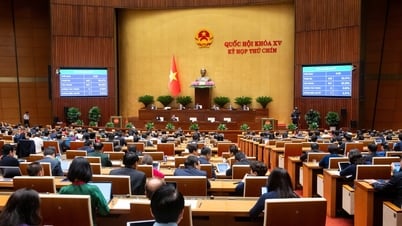

























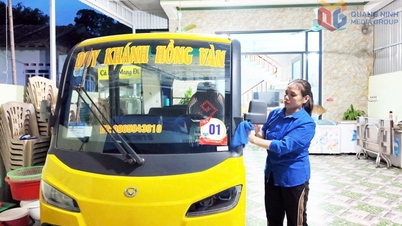






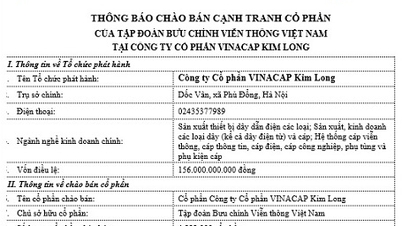
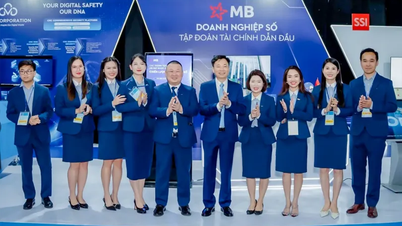


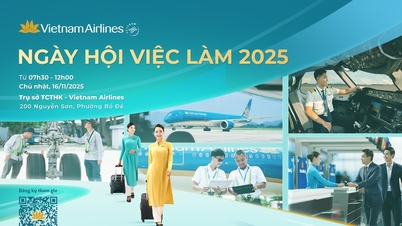



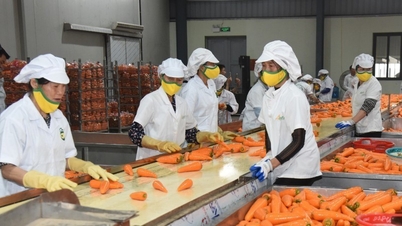










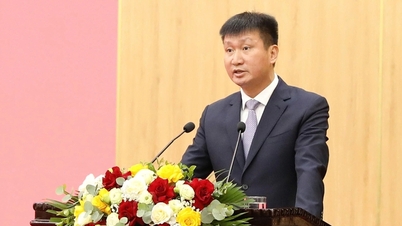
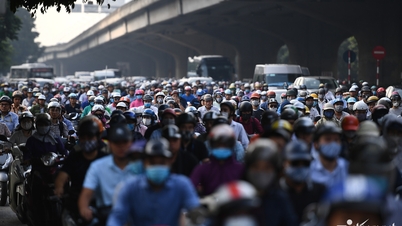

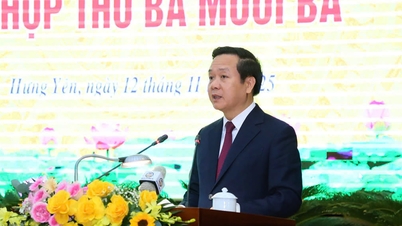









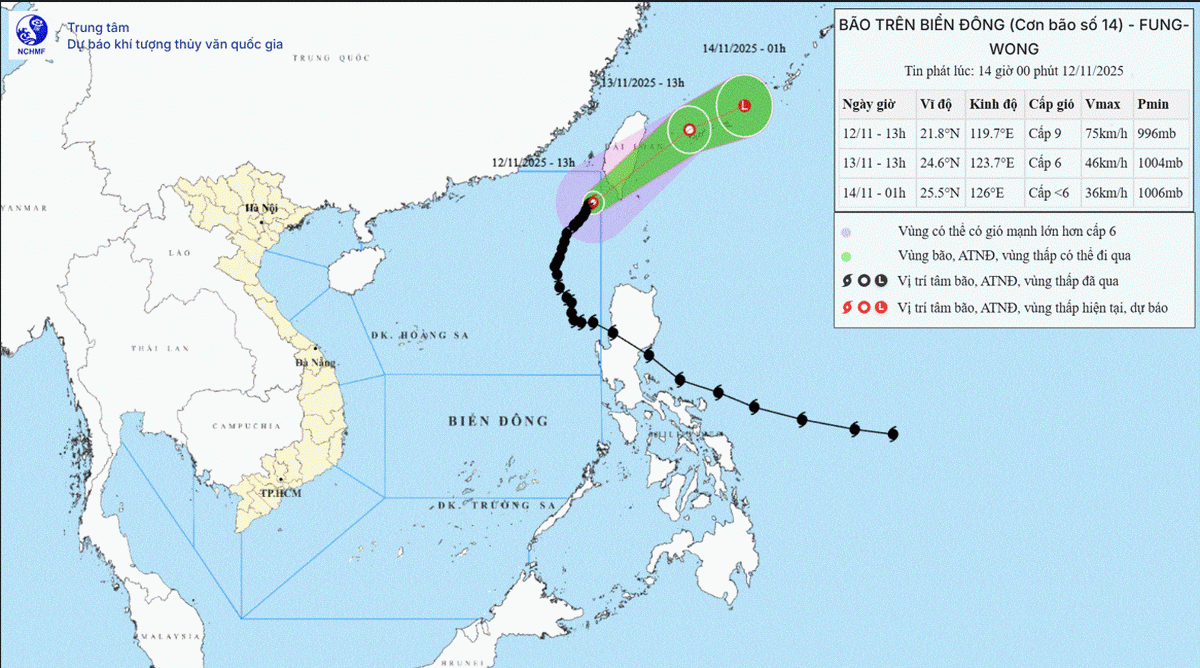


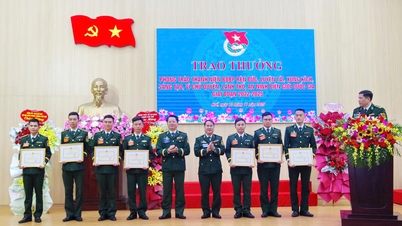








![Dong Nai OCOP transition: [Article 3] Linking tourism with OCOP product consumption](https://vphoto.vietnam.vn/thumb/402x226/vietnam/resource/IMAGE/2025/11/10/1762739199309_1324-2740-7_n-162543_981.jpeg)




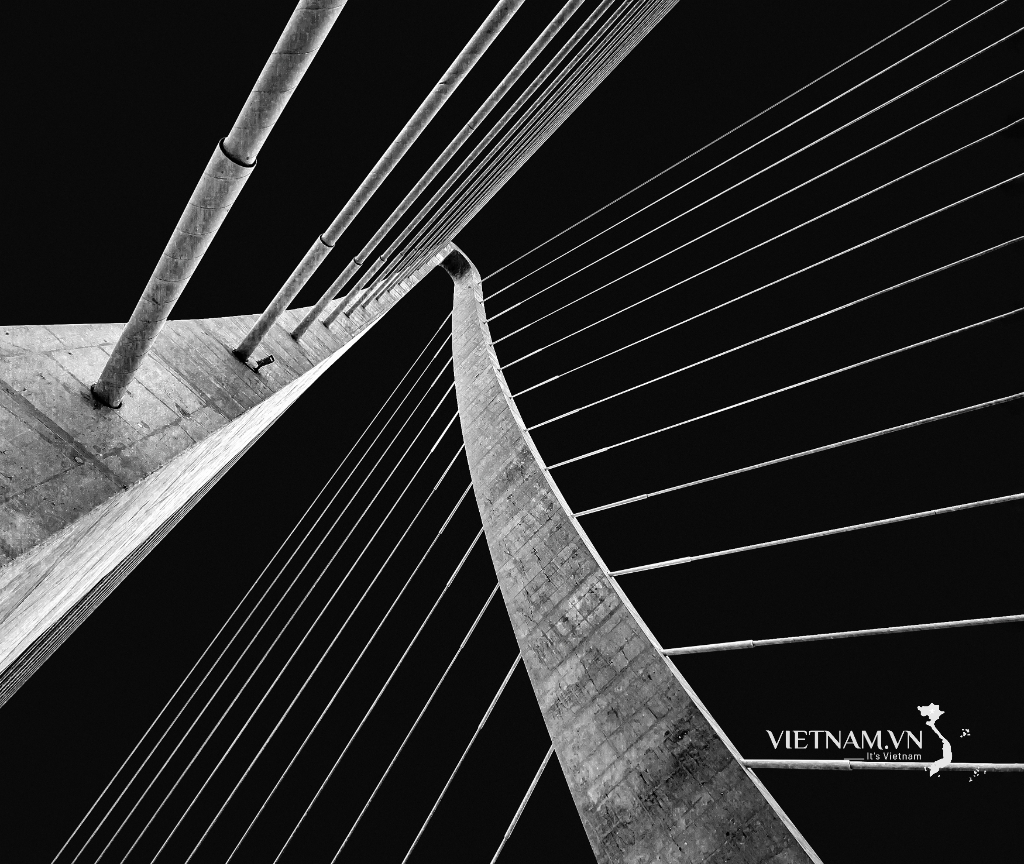



Comment (0)